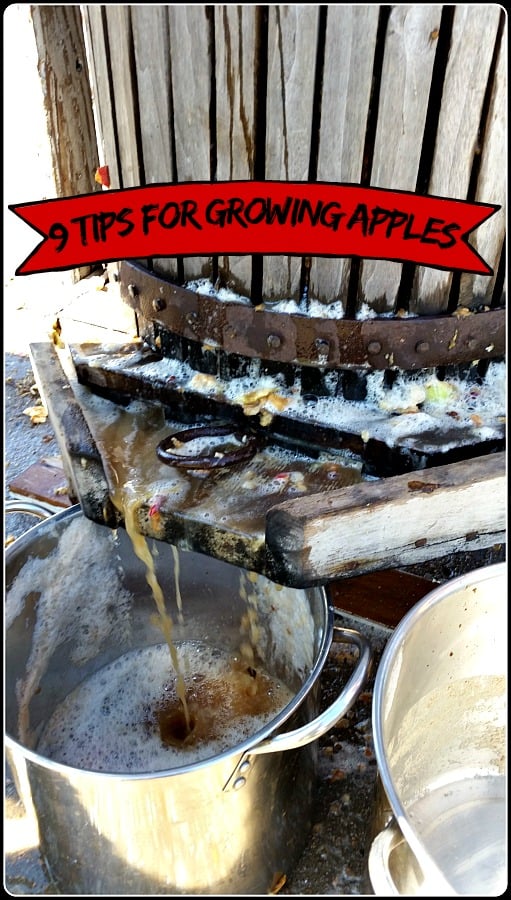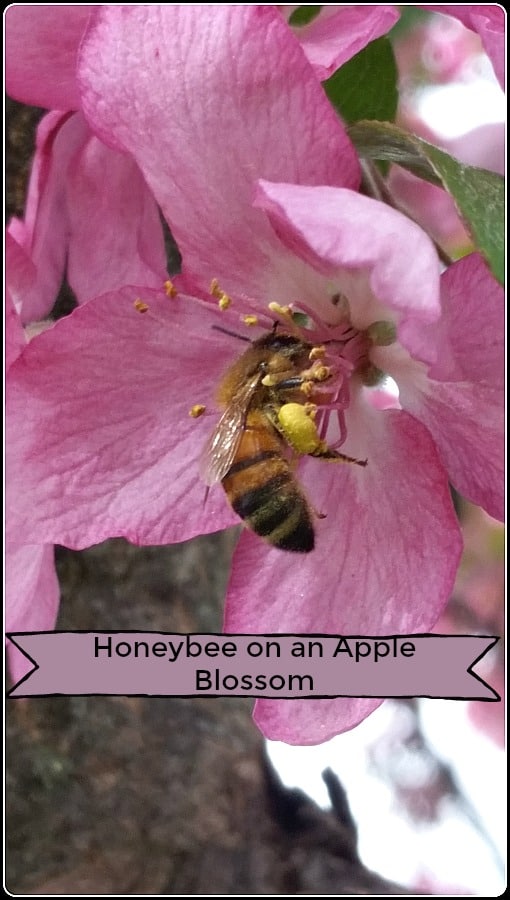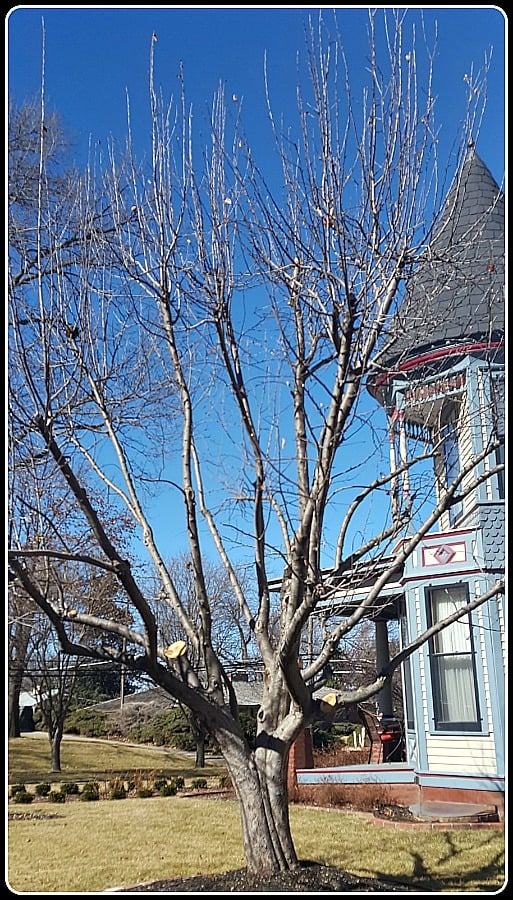There is no experience quite like biting into a crisp, juicy, flavorful apple grown right in your own backyard! When I was a 5 years old, my parents set out 30 young apple trees in a plot behind our chicken coops. I watched those trees grow up, picked apples, pressed cider, and eventually helped to prune the trees. These memories influenced me greatly over the years, even now I can envision the apples trees I want to have growing on the hill above our house. When I was in college, studying to be a horticulturalist, I spent a summer internship working at an apple orchard in Minnesota. I got to prune and thin the trees, help plan the IPM (Integrated Pest Management) system, put out sticky ball traps and pheremone traps, and see the latest cultivars from the University of Minnesota arrive. That summer was the introduction of the very popular ‘Honeycrisp’ apple.
Apples are great investment to any yard or garden. They can be planted almost anywhere. For those wanting to grow apples for fresh eating or a small amount of cider, you can plant 3 or 4 trees. If you want apples to share or to produce large amounts of cider, you may need a large orchard of 30 or more trees. Apples can be planted into new or existing landscape beds, as a cluster on a berm or for front accents, in an orchard, or even trained in the espalier style against a south facing wall.

TIP #2
Apple trees need to be cross pollinated to get good fruit, so having 2 separate cultivars is a must. Here at Grimm’s we provide you with the information on what cultivars cross-pollinate each other best, so you can make good selections. Our apple trees are grown for maximum potential in our grow bags, so that they will not have any potential killing or circling roots. It is often easy to come to our nursery in late summer and find apples on our trees in the nursery, being pollinated by both honeybees and mason bees.

TIP #3
Bees are essential for good pollination of apple trees. Honeybees are favored among orchardists for their honey production, but mason bees are better pollinators, going from one flower to the next across the orchard. To have a good amount of mason bees available, place homes of short cut (6 to 10 inches) or 1/4 inch diameter bamboo near the orchard, in a covered location.
TIP #4
Care for your apple trees includes winter pruning, regular spraying for insects and disease, wrapping the trunks of young trees in the fall (remove in spring), thinning the fruit, and mulching or mowing under the trees. Winter pruning is done in January or February, and involves training the tree to grow in a certain way through pruning.

TIP #5
Spray dormant oil in the winter or late fall after leaf drop to control scale and some diseases. Spraying with a fungicide/insecticide combo after flowering and following a bi-weekly schedule until close to harvest helps to control many of the common apple diseases and pests. For those with an organic conscious mind, there are several chemicals labeled for organic use, and you can try planting garlic around the base of the tree. The garlic does not affect the flavor of the fruit, but helps deter insects pests from bothering the leaves and fruit.
TIP #6
Thinning the fruit involves removing extra fruit, and leaving 1 to 3 apples set on the branch for every 1 foot of branch. By removing extra fruit, the apples left on will be bigger and the tree will not use too much energy in trying to produce a large number of apples. This will also increase the chance to have fruit every year instead of every other year for those who do not thin.
TIP #7
Mulching or mowing under the tree is important to reduce competition from weeds and grass that will fight to take the water and nutrients the tree needs to produce a good crop.
Happy planting!


